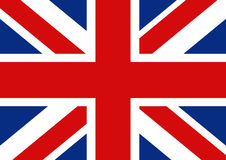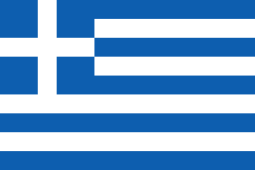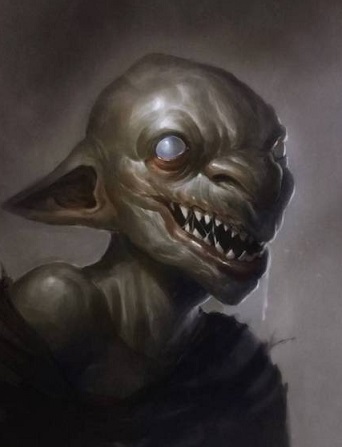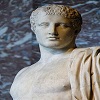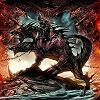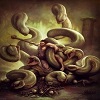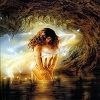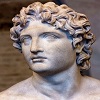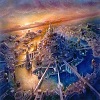Kobaloi
Trickster dwarves
The kobalos (Κόβαλος) was a sprite from Hellenic mythology, a mischievous creature fond of tricking and frightening mortals.
The ancient Hellenic myths depict the kobaloi as 'impudent, thieving, droll, idle, mischievous, gnome-dwarfs', and as 'funny, little triksy elves' of a phallic nature.
They were companions of Dionysus and, as choroimanes-aiolomorphos--shapeshifters--could disguise themselves as Dionysos. According to myth, they once robbed Hēraklēs while he slept.
He captured them in revenge but took pity on them when he found them amusing. In one version of the myth, Hēraklēs gave them to the Lydian queen Omphale as a gift.
Parents used tales of the kobaloi to frighten children into behaving. The term also means 'impudent knave', or 'arrant rogue' in ancient Greek, and such individuals were thought to invoke kobaloi spirits.
The kobalos is related to two other Hellenic sprites: the kabeiroi and the kerkopes. The kareiroi are pygmies with large phalluses and eventually became equated with the kobalos.
Nineteenth Century classicists proposed that other European sprites may derive from belief in kobaloi. This includes spirits such as the Northern English boggart, the Scottish bogle, the French goblin, the Medieval gobelinus, the German kobold, and he English Puck.
Likewise, the names of many European spirits may derive from the word 'kobalos'. The word entered Latin as 'cobalus', then possibly French as 'gobelin'. From this, the English 'goblin' and Welsh 'coblyn' may derive.
The kobaloi were thought to live in Euboea or near Thermopylae.
[1]
